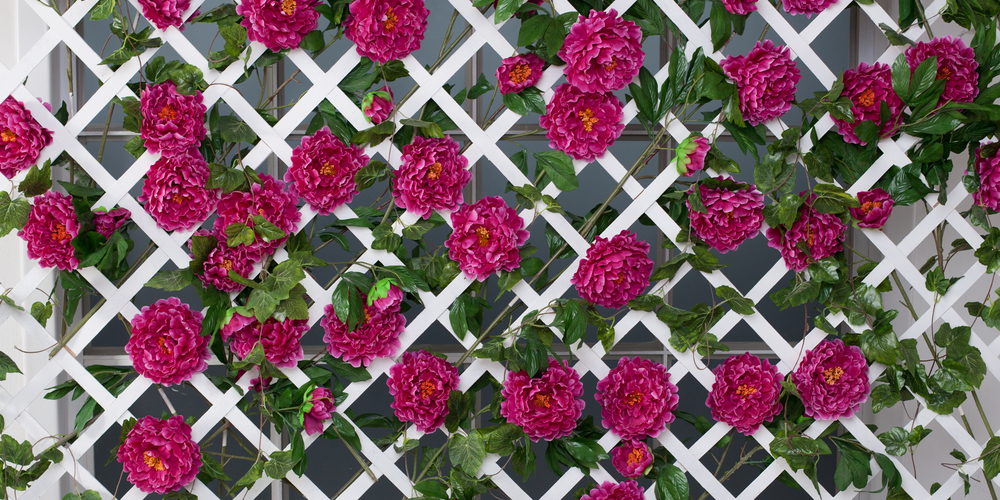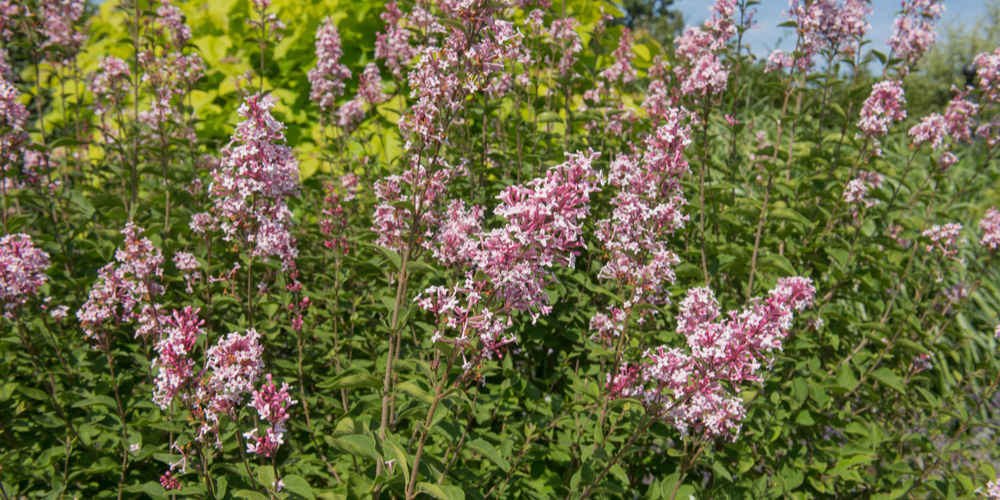The Beehive State is a landlocked U.S. state known for its vast deserts and towering mountain ranges.
Utah is one of the driest states in the country, with most of its precipitation falling in the winter months. Despite the lack of rain, Utah is home to various plant life, thanks to its diverse climate and topography.
Utah’s planting zone is highly conducive to the growth of everything from fruits and vegetables to flowers and ornamental trees.
This is partly because of the region’s ample moisture, warm summers, and cool winters. Whether you’re looking to start a garden in Salt Lake City or you’re a farmer in the rural parts of the state, Utah presents an excellent opportunity to cultivate a wide variety of plants.
Different Planting Zones in Utah: And What it Means for Gardeners
Located in the Western United States, Utah is a land of contrasts. From the arid deserts of the south to the snow-capped peaks of the north, the state boasts a wide variety of ecosystems. This diversity is reflected in the state’s planting zones, ranging from zone 4A to 9A.
Utah Zone 4-5 Plants: What Can You Grow?
Utah is a beautiful state with a diverse range of landscapes, from the red rocks of Southern Utah to the snow-capped peaks of the Wasatch Mountains. While the climate can vary widely from one region to the next, most of Utah falls into USDA Hardiness Zone 4.
This means that gardeners in Utah can grow various plants, from delicate flowers to hardy fruits and vegetables. Some of the most popular plants in Utah include:
Roses
The first plant that comes to mind when you think of Utah’s climate zone 4 is the rose. Resilient and adaptable, roses can thrive in various conditions, making them perfect for the Utah gardener.
Whether you choose a Hybrid Tea rose for its classic beauty or a hardy shrub rose for its low-maintenance charm, you’ll find a rose that suits your needs.
With proper care, your roses will bloom profusely from early spring through late fall, adding color and elegance to your garden for months on end.
Lilacs
Another excellent choice for Utah’s climate zone 4 is the lilac. A favorite of gardeners for centuries, lilacs are cherished for their sweet fragrance and beautiful blossoms.
Although they are best known for their purple flowers, lilacs also come in various colors, including white, pink, and even light blue. Utah’s lilacs are typically at their peak in early May.
Just in time to add a splash of color to Mother’s Day bouquets. But with proper care, they will continue to bloom throughout the summer months.
Perennials
Perennials are a great choice for the Utah gardener, as they come back year after year with minimal care. Some of the most popular perennials in Utah include daylilies, irises, and lupines.
Daylilies are prized for their showy blooms, which come in various colors, including yellow, orange, red, and pink. Irises are another popular choice, with their tall stems and gorgeous flowers in blue, purple, and white shades.
Lupines, meanwhile, are a favorite of hummingbirds and bees, making them a great addition to any garden that is looking to attract wildlife.
Utah Zone 6-7 Plants: What Can You Grow?
In Utah, gardens in Zone 6-7 can be full of surprises. With a wide range of microclimates, you can find plants that will thrive in almost any situation.
From the hot, dry desert to the cold mountains, there is a plant that can tolerate the conditions. And with a little creativity, you can create a garden full of color and life.
One of the best things about gardening in Utah is that you can grow almost anything. If you are looking for flowers to add color to your garden, consider adding annuals or perennials. Annuals will bloom all season long, while perennials will come back year after year.
For something unique, try growing succulents or cacti. These plants are drought tolerant and can add a touch of the exotic to your garden. If you are looking for something to attract wildlife, consider adding native plants.
Birds and butterflies are attracted to native plants, and they provide food and shelter for these animals.
If you are looking to start a garden in Utah’s Zone 8-9 climate, there are a wide variety of plants that you can choose from. Some popular herbs, such as basil, mint, and lavender, thrive in this region under the right conditions.
Other herbs that do well here include chives, cilantro, dill, and rosemary. In addition to herbs, you can also grow vegetables like tomatoes, cucumbers, eggplants, peppers, spinach, carrots and kale in your Zone 8-9 garden.
And if berries are more your thing, try growing strawberries, blackberries or raspberries for fresh and delicious fruit all season long.
Utah Planting Zone: Special Considerations
When choosing plants for your Utah garden, it’s important to keep in mind the state’s unique climate zones. From the arid desert regions of southern Utah to the cooler mountain valleys of northern Utah, gardening in Utah can be a challenge.
It won’t be long, however, before you find the perfect plants for your garden. With a little patience and a lot of trial and error, you’ll be well on your way to creating a beautiful oasis in the Beehive State.
Related Article: Drought Tolerant Utah Native Plants



